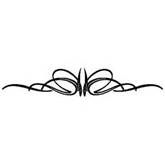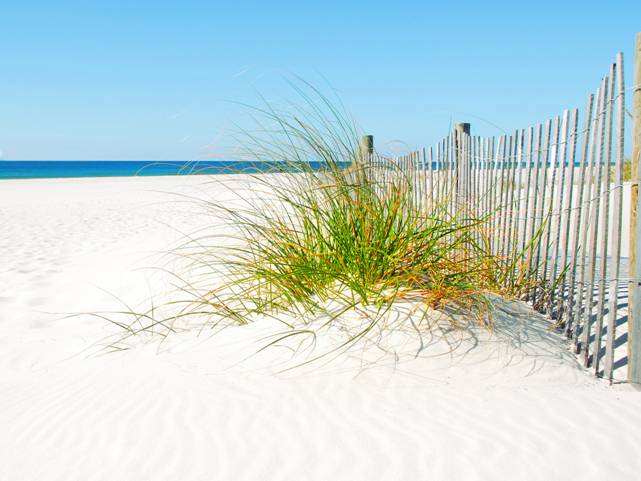
Salty Sam’s Fun Blog for Children
Number 539
Ten Pin Bowling
Hello Everyone

Rocky Bay has lots of attractions for summer visitors and lots of interesting things going on in the community, but one thing we do not have is a ten-pin bowling alley.
The nearest thing to it is the skittles alley at the back of the Rusty Anchor lnn.
Bowling a ball at nine big skittles was a popular sport in the late 1800s in Europe.
The skittles are called pins.
Knocking down targets with a wooden ball goes back far further than that – it started thousands of years ago – at least as far back as the Ancient Egyptians.
Nine pin bowling became illegal in the United States in the mid 19th century because it was associated with gambling. Authorities wanted to break up groups of gamblers.
Once another pin was added and the rules of the game were changed, owning a bowling alley was no longer against the law!
Nowadays, ten pin bowling alleys are usually found in larger towns.
They are a good place to meet up with friends.
They often serve drinks and snacks, if you want to spend a long time there.
Special machinery is needed to set the skittles up and return balls to players at the top of the lanes so that they can bowl with them again.
You need to wear special shoes.
A player rolls a very heavy ball down an 18 metre long alley in the hope of knocking over as many skittles down as possible. The maximum number you can knock down is ten.
The ten skittles are lined up in four rows in a triangular form.
The ball is traditionally black but can be very colourful and patterned. lt has three holes in the top for a player to slip their fingers into so they can hold onto it.
The first ball introduced that looked the same as the one we use today was a rubber one made in 1905.
Later polyurethane balls were manufactured.
Modern balls are made of resin.
The aim is to knock all ten pins down, but if you don’t manage that you can try to finish the job with a second ball.
You can’t touch all the pins with the ball. The pins will only all fall over if some pins hit by your ball knock the rest down in a chain reaction.
The approach area is about 5 metres long – this is where a player rolls the ball from and it allows them space to get the speed and position of the ball right before they let go of it.
There is a line you are not supposed to step over. This is called the foul line.
Oil is applied to the beginning of the lane to help the ball skid along before it encounters friction on the un-oiled part. The oils are called lane conditioners.
Balls can slip into one of the gutters that are positioned each side of the lane and will then roll beside the pins and disappear out of sight.
You have to know how to play before you start bowling, but like with any sport, lots of practice will make you better.
Different people have different styles of body movement to employ before rolling their ball.
They can try and put a spin on the ball. They can try and get it to follow a curved path down the lane.
Some bowlers are professionals and there are plenty of tournaments for them to enter.
Bye bye everyone – don’t forget to subscribe to my blog!
Love and kisses
Salty Sam

www.christina-sinclair.com


Bill and Bob’s Joke of the Week![]()
![]()
Bill: Do you know why the Mexican threw his wife off a cliff?
Bob: Yes, tequila!
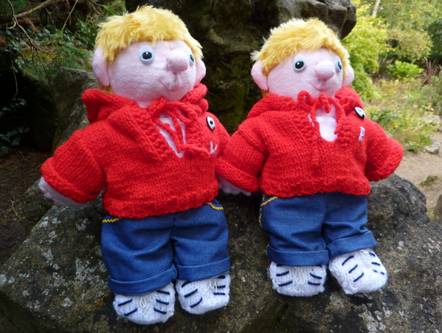
Salty Sam © Christina Sinclair 2015
Unauthorized use and/or duplication of material from this blog without express and written permission from this blog’s author and owner is strictly prohibited.
Links may be used to www.christina-sinclair.com

Picture Gallery
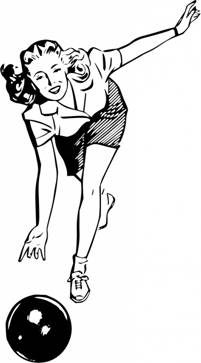
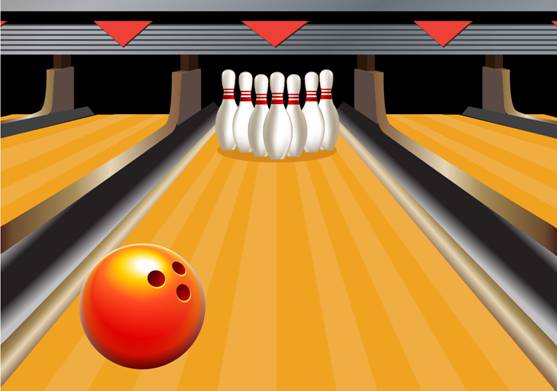


 THE SALTY SAM NEWS DESK
THE SALTY SAM NEWS DESK

Last week, I told you about Bill and Bob’s tree-growing campaign.
They are trying to grow as many trees as possible to contribute to the trillion trees needed to change the carbon balance in the atmosphere and help combat pollution across the planet.
They collect yoghurt and cream pots from the neighbours to use as small flower pots to propagate the tree seeds that they collect.
They do a lot of their propagation in their back yard or in Auntie Alice’s garden.
Emily and Henry often help and keep some trees in their back yards too.
Then as the trees grow they have to pot them on into bigger pots or plant them out.

But you have to put them in a place where they have enough room to grow and that means knowing what the full size of a species of tree will be.
Some trees like oak or beech can be bigger than a house or even a block of flats!
Trees are special and very important in terms of locking in carbon and creating homes for wildlife and contribute to wildlife corridors.
There are many trees in the countryside, but trees are hugely beneficial in towns too. In the UK, 80% of people live in town. It is roughly five degrees warmer in the town than it is in the countryside. This is called the ‘heat island effect’ and trees help to cool the air and ground temperature on hot days.
Trees also soak up flash flooding because the roots break up the ground so that it absorbs more water. The canopies too collect water drops in thousands of leaves.

Lichens on the branches and trunks of the trees shield insects. Where there are insects there are birds and animals that feed off them.
Trees provide platforms and holes as places for birds to nest, and bats like to roost behind loose bark on trunks, and caterpillars eat the leaves.
In the autumn, a whole array of little creatures can find a food source and shelter in the leaf litter on the forest floor.

We have lost about half of our ancient woodland in the last 100 years, and people all over the country are working hard to replace what has been lost.
A lot of people believe that planting lots of trees is an easy, natural and picturesque way to help stabilize the extreme weather patterns witnessed in recent years; many vast tree planting schemes have been in existence for some time now.
They are organized by governments, large organizations and charities who work in rural areas, urban areas and in Third World countries. And of course, lots of people doing little projects can contribute to increasing the number of trees we have too.
But you can’t just plant trees anywhere. You can’t plant them where their leaves will fall onto railway lines or where they will block the view of drivers coming to a road junction or damage underground pipes or house foundations with their roots.

Neither can you plant them on someone else’s ground without permission.
Small trees are called saplings, but the really tiny ones that are still just little sticks are called whips.
Deciduous trees can grow 5m in 20 years or less, so although they look tiny when they are planted – with care and the right growing conditions, they soon take off!
Different trees do well in different soils whether they be: sandy, loamy, clay or chalk; but a lot of native trees will be perfectly happy in any of them.
You will notice that beeches and hornbeam are found a lot on chalky soils and willows and birch like silt soils; that means soil deposited by rivers. You will often see types of willow and poplar growing on the banks of rivers.
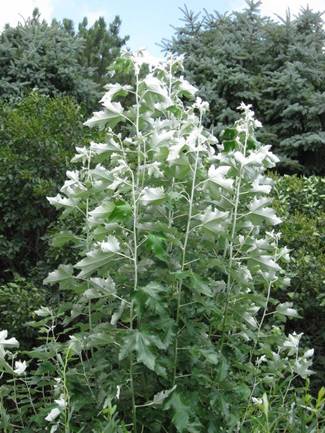
White poplar
Oak, alder, rowan and hazel all cope well in wet soils.
So we in Rocky Bay, have been planting trees around town too, on the outskirts of parks and green spaces and into the countryside too.
I went out for a walk with Bill, Bob, Henry and Emily a few days ago – their mums like me taking them out for a walk because after some exercise in the fresh air they are always happy to go to bed at bedtime with no moaning and groaning and they fall asleep straight away.
Anyway, we happened to walk past the churchyard and noticed that there were a lot of broken and dead bushes in there. So much work has been done in the community orchard behind the churchyard; but the churchyard seemed to have been left neglected.
Bill then came up with a wonderful idea. The children are always on the lookout for places to plant their trees.
He said that we could plant some of their trees in place of the dead bushes.
We went straight round to the vicar to tell him about our idea.



With all this hot weather about at the moment,
please put a shallow dish filled with pebbles/pinecones/corks and water out for the bees because they are very thirsty
Thank you!
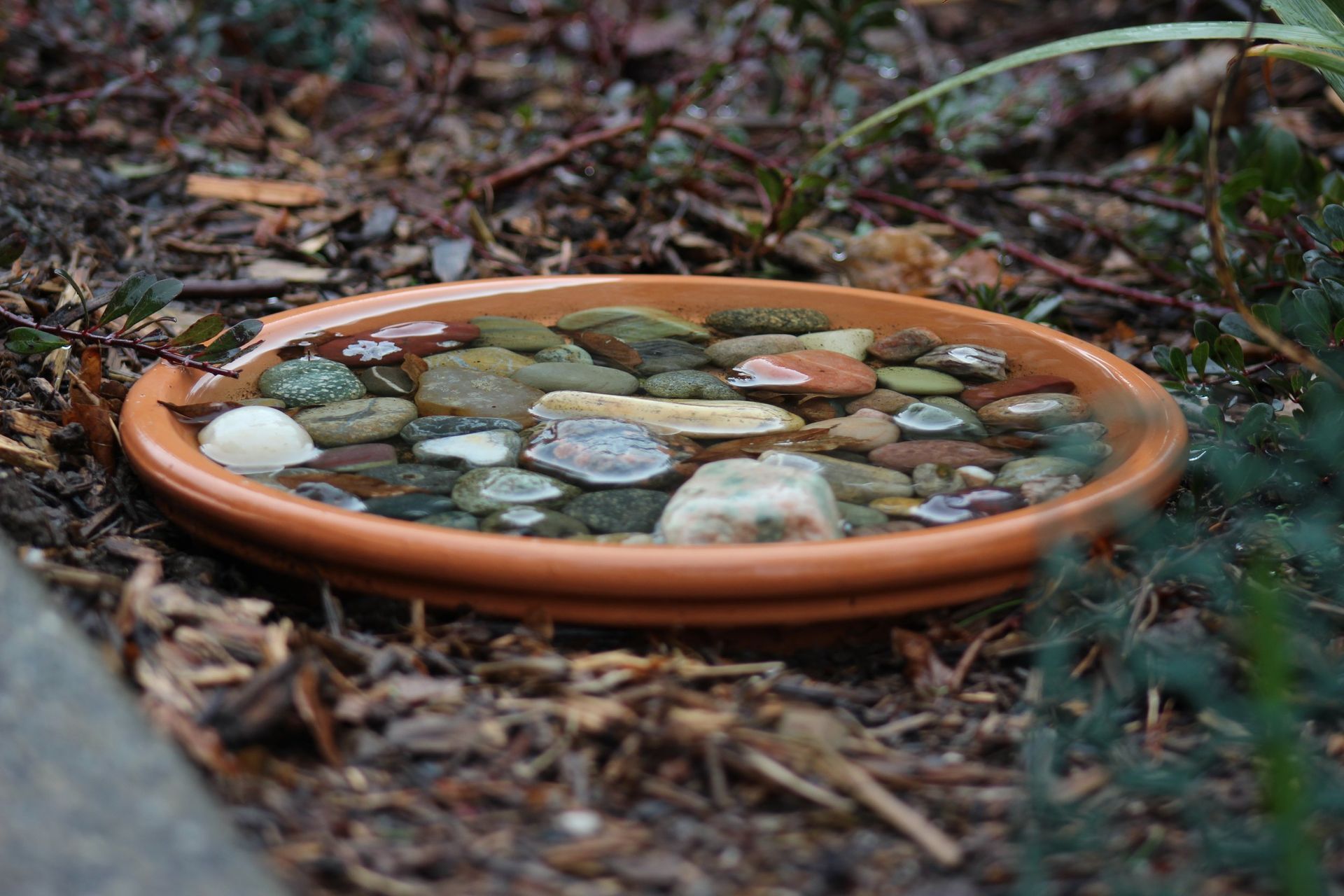

*********************
*********************

 Quick Quiz
Quick Quiz
All of these words relate to ‘the top’ or ‘the best’.
Do you know what they are?
- z _ _ _ _h
- a _ _ x
- c _ _ _ _ x
- p _ _ k
- p _ _ _ _ _ _ e
- s _ _ _ _ t
- v _ _ _ _ x
- w _ _ _ _ r
- u _ _ _ _ _ _ e
- h _ _ d

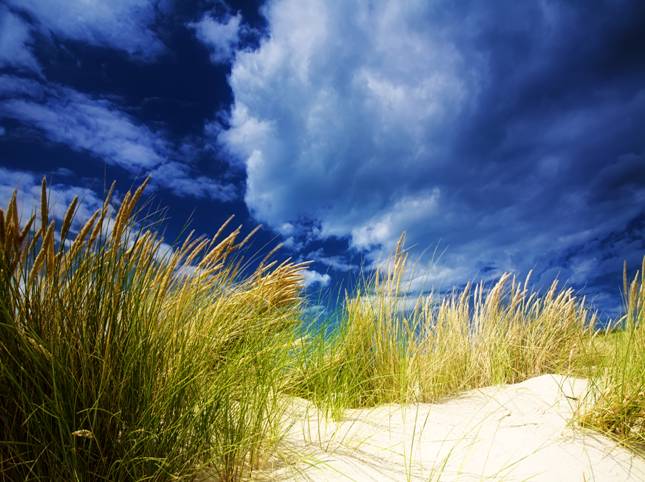


lt’s the Weekend!

HOW TO MAKE A BLANKET SQUARE
This is an interesting pattern for a blanket square.
It has a border around it and a square within a square as a centre panel.
You could make a blanket with a mixture of plain bordered squares and some with the added texture amongst them randomly or in an ordered pattern. The pattern could be in squares or diagonals.
You could make a blanket in creams, brown and greys to make a blanket with earthy, subtle or monochrome hues. You could make one in lemon and white for a baby. You could make one in all colours of the rainbow for a children’s bedroom.
You must make a pattern first to see how many of each type and colour or square you need to make your design. If you just want to make a lot of colourful squares and put them together in a random way, you will only need to know how many squares to knit.
You should be able to knit a throw to use on the sofa with 900g of yarn – so that would be three 100g of each of three colours to make a throw with three colours running diagonally.
There is another pattern for a blanket square that you could also use on Blog Post 529.
TO MAKE UP
When you sew the squares together, sew them into strips and then sew the strips together. You can start using the blanket straight away. Put it over your knees upside down and you can work at tidying the ends away by threading them into the back of the blanket as it is keeping you warm!

BLANKET SQUARE WITH TWO INNER SQUARES
Using 4mm knitting needles and brown dk yarn cast on 24 stitches
Knit 6 rows of garter stitch
Slip 1, knit to end
Slip 1, knit 3, purl 16, knit 4
Repeat the last 2 rows 3 times
Slip 1, knit 3, knit 5, purl 6, knit 5, knit 4
Slip 1, knit 3, purl 5, (knit 1, purl 1) repeat last 2 stitches twice, purl 5, knit 4
Slip 1, knit 3, knit 5 (purl 1, knit 1) repeat the last 2 stitches twice, knit 5, knit 4
Repeat the last 2 rows twice
Slip 1, knit 3, purl 5, knit 6, purl 5, knit 4
Slip 1, knit to end
Slip 1, knit 3, purl 16, knit 4
Repeat the last 2 rows 3 times
Knit 6 rows of garter stitch
Cast off

BLANKET SQUARE WITH PLAIN INNER SQUARE
Using 4mm knitting needles and brown dk yarn cast on 24 stitches
Knit 6 rows of garter stitch
Slip 1, knit to end
Slip 1, knit 3, purl 16, knit 4
Repeat the last 2 rows 11 times
Knit 6 rows of garter stitch
Cast off
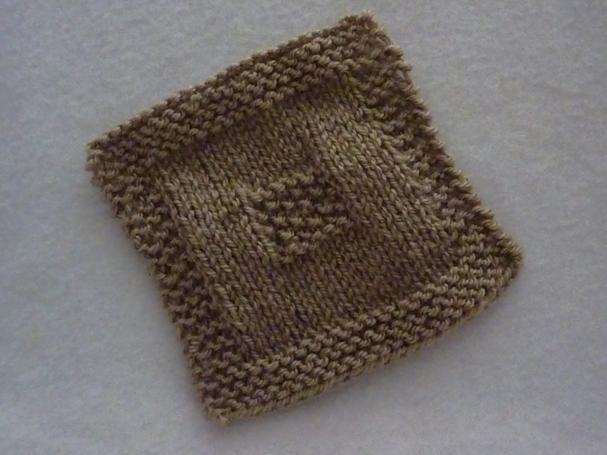
Please note that the material on this blog is for personal use and for use in classrooms only.
It is a copyright infringement and, therefore, illegal under international law to sell items made with these patterns.
Use of the toys and projects is at your own risk.
©Christina Sinclair Designs 2015


Quick Quiz Answers
- zenith
- apex
- climax
- peak
- pinnacle
- summit
- vortex
- winner
- ultimate
- head

